Today pearls come in a range of rainbow colors, from black to white and everything in between. While some of these are natural, many pearls are given their colors through artificial means.
There’s nothing wrong with buying a dyed pearl, as long as you know that it’s been artificially colored. You don’t want to pay the price of natural colored pearls for an artificial one, right?
In this article, we’re not talking about fake pearls (like glass and plastic) but real pearls that have been dyed.
Let’s take a look at dyed pearls and how to tell them apart from natural pearls.
Why Dyed Pearls?
Dyeing pearls is a common industry practice, a way to enhance the beauty of ordinary pearls or to achieve highly desirable yet rare pearl colors. If expertly done, dyed pearls can look as beautiful as natural pearls
Some dyed pearls tend to be garish in color, have a metallic shine and look artificial while others can be impossible to tell apart from a natural pearl.
If you’re looking for a certain pearl color but can’t afford the real thing, dyed pearls are an excellent option. For example, Tahitian pearls can be quite costly but dyed freshwater or Akoya pearls with dark body tones are affordable and beautiful.
Dyed pearls allow you to try out different pearl looks without a big upfront cost. They’re excellent for costume jewelry options.
How Are Pearls Dyed?
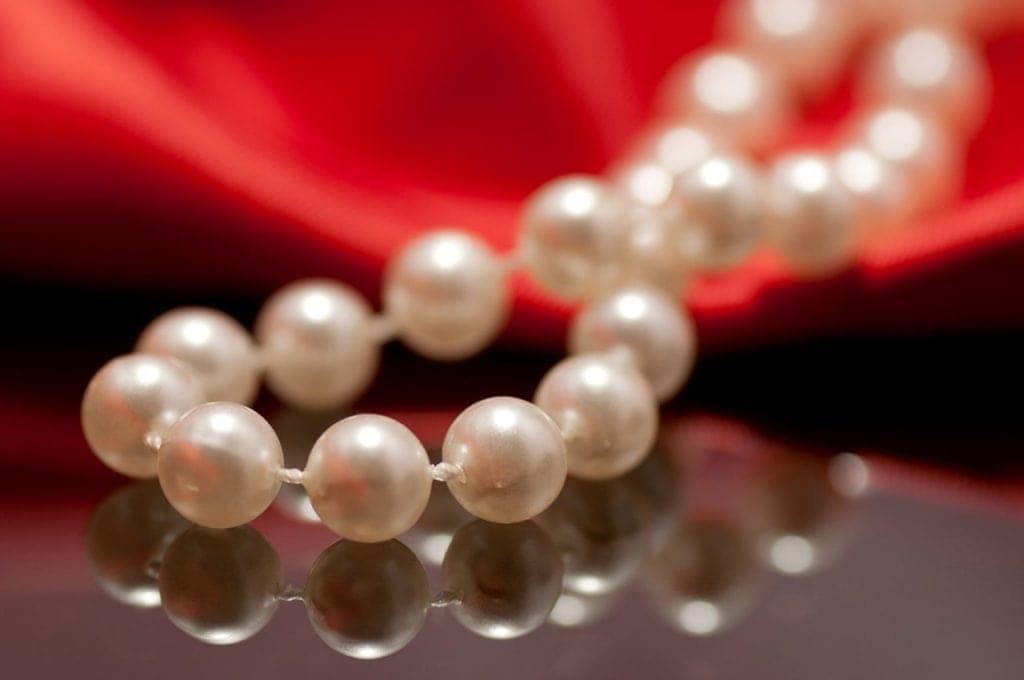
This process varies depending on the type of pearl. Pearls are generally dyed by either heating the pearls or submerging and infiltrating them with color. The dye tends to be on the surface layer but doesn’t penetrate all the way through into the pearl.
The easiest pearls to dye are freshwater pearls, because their nacre layers aren’t as compact as saltwater pearls. This makes them softer and easily penetrated in dye mixtures. Typically, the freshwater pearl dyeing process takes between a few hours to a couple of days.
South Sea pearls, on the other hand, have an extremely compact nacre composition and are very difficult to dye. The dye just doesn’t tend to infiltrate the surface, so as a result, heating is the method of choice. Typically, White South Sea pearls are dyed using laser or irradiation methods but it’s important to note that these pearls are so beautiful in their original state, that they’re rarely dyed at all.
Which Pearl Varieties are Commonly Dyed?
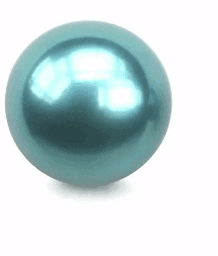
In general, freshwater and Akoya pearls are subject to dyeing more than the luxurious pearl varieties like South Sea and Tahitian. They are comparatively inexpensive and are often altered to imitate more expensive pearl varieties.
Golden South Sea pearls are sometimes dyed to achieve a deeper, more desirable golden color. You may come across pale gold Akoya pearls which are similar to light Golden South Sea but deep gold Akoya pearls are always dyed.
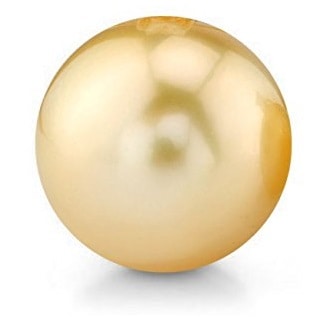
Tahitian pearls are tightly controlled by the relevant authorities and are rarely dyed at all. However, dark chocolate Tahitian pearls are typically dyed, which make them the only exception.
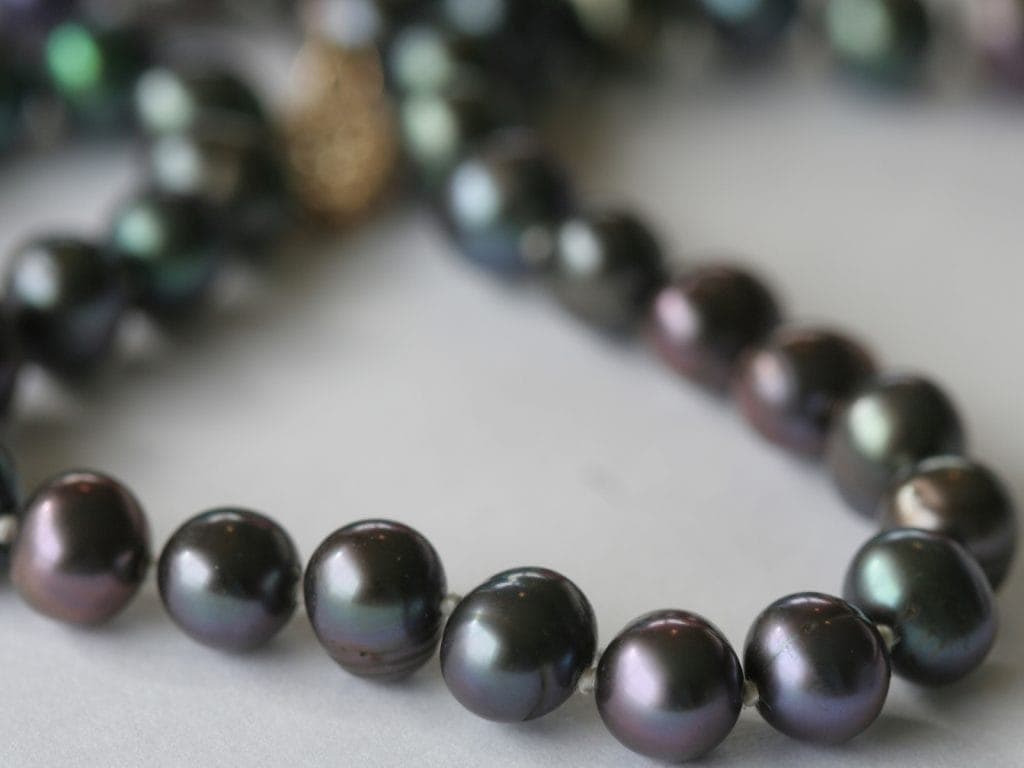
Dyed Akoya pearls
Black freshwater and Akoya pearls are always dyed, as these never form in nature. The only truly dark pearls on the market are Tahitian and Sea of Cortez pearls (these are extremely rare that you won’t often come across them).
How to Tell Dyed Pearls from Real
Being able to tell apart natural pearls from dyed pearls is important, especially if you love pearls. Here are some easy ways to test the color of your pearls:
Price
This is one of the easiest giveaways. If the price is too good to be true, it probably is. For example, a single Golden South Sea pearl can sell upwards of $1000 so if the one you’re looking at is priced at, say $100, you’ll know for sure something’s not right.
Drill-Holes
Check the drill holes of the pearl and observe how the color looks around there. If the pearl is natural, the color of the pearl will go all the way through, but if you notice that the nacre inside is white, while the surface of the pearl is another color, then it’s likely been dyed.
Perfection
Natural pearls are rarely perfect, and there can be some unevenness in color. If the entire pearl is perfect in its color with no flaw whatsoever, there’s a high chance the pearl’s been dyed.
Size
If a small pearl is being marketed as a Tahitian or South Sea, that’s a red flag. Those pearls typically grow to large sizes, averaging over 10.0mm. Freshwater and Akoya pearls are typically at or under the 8.0mm mark.
Color and Luster
Sometimes, you can tell just by looking at the color of the pearl. Dyed pearls can have colors that aren’t in the palette of natural pearls. These include neons, bright colors like hot pink and overly metallic lusters and shine on the surface of the pearl.
Before You Buy
Always ask the vendor about the origin of the pearls and if applicable, check for a certificate of authenticity. Make sure that retailer has a good track record with excellent customer reviews.
And most importantly, check that the vendor stands by their product and are willing to stake their reputation on the quality of their product. They should be able to take back their pearls if they don’t meet your standards, standing by their product with a good returns policy.

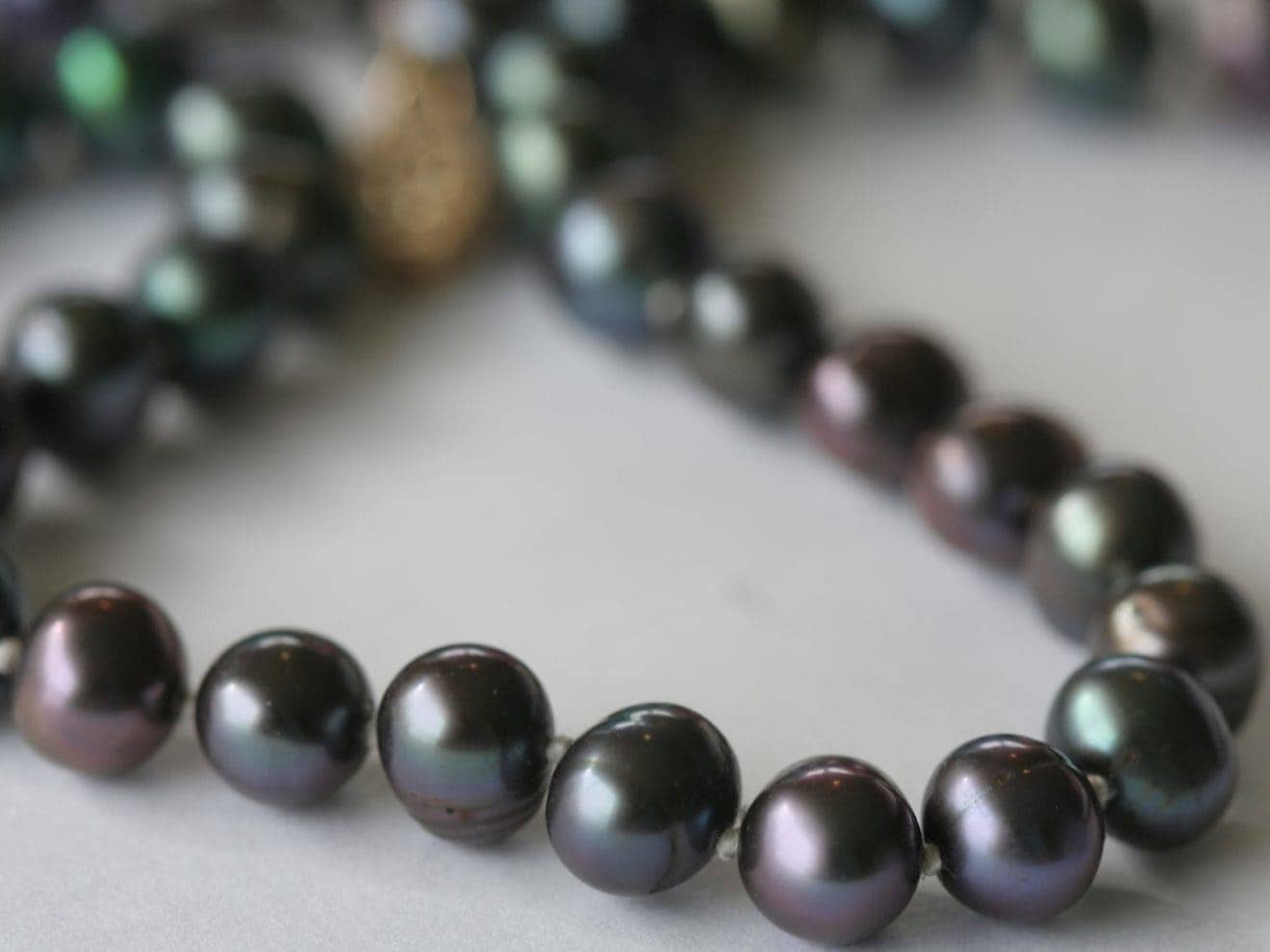

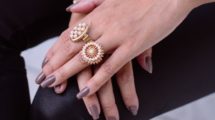


Add Comment